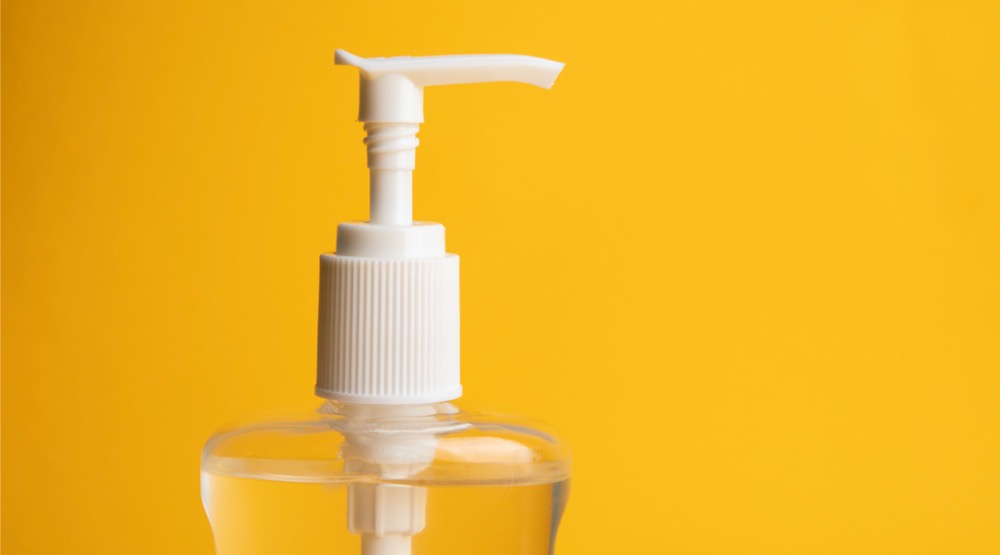Delphic HSE, the global safety and regulatory body, has announced that Australian authorities have approved a temporary exclusion from the TGA Regulation for certain hand sanitiser formulations, making the products more accessible and available to the general public.
Manufacturers that choose to take advantage of the less stringent guidelines, will only be subject to regulation as general Consumer Goods.
This is welcome news for beauty-industry suppliers that have created or are supplying hand sanitiser to their salon partners.
The exempted formulations are based on World Health Organisation guidance, and follow similar announcements by the US FDA:
- Ethanol 80% v/v OR Isopropanol 75% v/v (Pharmacopoeial/Food Grades)
- Sterile Distilled Water or Boiled Cold Water
- Glycerol 1.45% v/v (Pharmacopoeial grade);
- Hydrogen peroxide 0.125% v/v (pharmacopoeial grade)
It is also stated that these products must not contain any other active or inactive ingredients, such as colours, fragrances or emollients.
Within Australia an OTC Medicine Monograph outlines the requirements to market hand sanitisers through the New Medicine N2 Application process. At present the monograph covers the usage of ethanol (60% to 95% v/v), isopropyl alcohol (60% to 95% v/v), chlorhexidine gluconate (1% to 2% w/v) and triclosan (1% w/v) as individual active substances. It also permits the usage of ethanol and isopropyl alcohol (60% to 95% v/v total alcohol), ethanol and chlorhexidine gluconate (60% to 95% alcohol with 0.5% to 2% chlorhexidine gluconate) or isopropyl alcohol and chlorhexidine gluconate (60% to 95% alcohol with 0.5% to 2% chlorhexidine gluconate) as mixtures.
To be included in the Australian Register of Therapeutic Goods (ARTG), certain usage and labelling indications are permitted, including:
- Antiseptic hand rub/Hygienic hand rub/Healthcare personnel antiseptic hand rub
- Kills germs
- Broad spectrum
- Fast acting
- Legally required safety labeling determined by the product formulation/active ingredients.
It should be noted that all products require efficacy to be demonstrated by both in-vitro and in-vivo assays. For in-vitro testing either European Standard EN13727 or US FDA Final Monograph methodology should be followed. For the in-vivo testing either European Standard EN1500 or US FDA Final Monograph methodology should be followed.
Delphic HSE is proud to announce the first phase of our exciting ‘Global Regulatory Information Programme’ (GRIP). The new GRIP will, over time provide both general and specific cosmetic regulatory updates to our clients. Using our global network and key collaborations, we continuously monitor governing-industry communications for changes, or proposed changes, to regulations affecting finished products currently in-market or due to enter the market. Delphic GRIP also provides updates on changes to chemical regulations on restricted, novel or banned substances.
Visit the #BEAUTYSTRONG hub at www.professionalbeauty.com.au/beautystrong/
For more news and updates, subscribe to our weekly newsletter.

